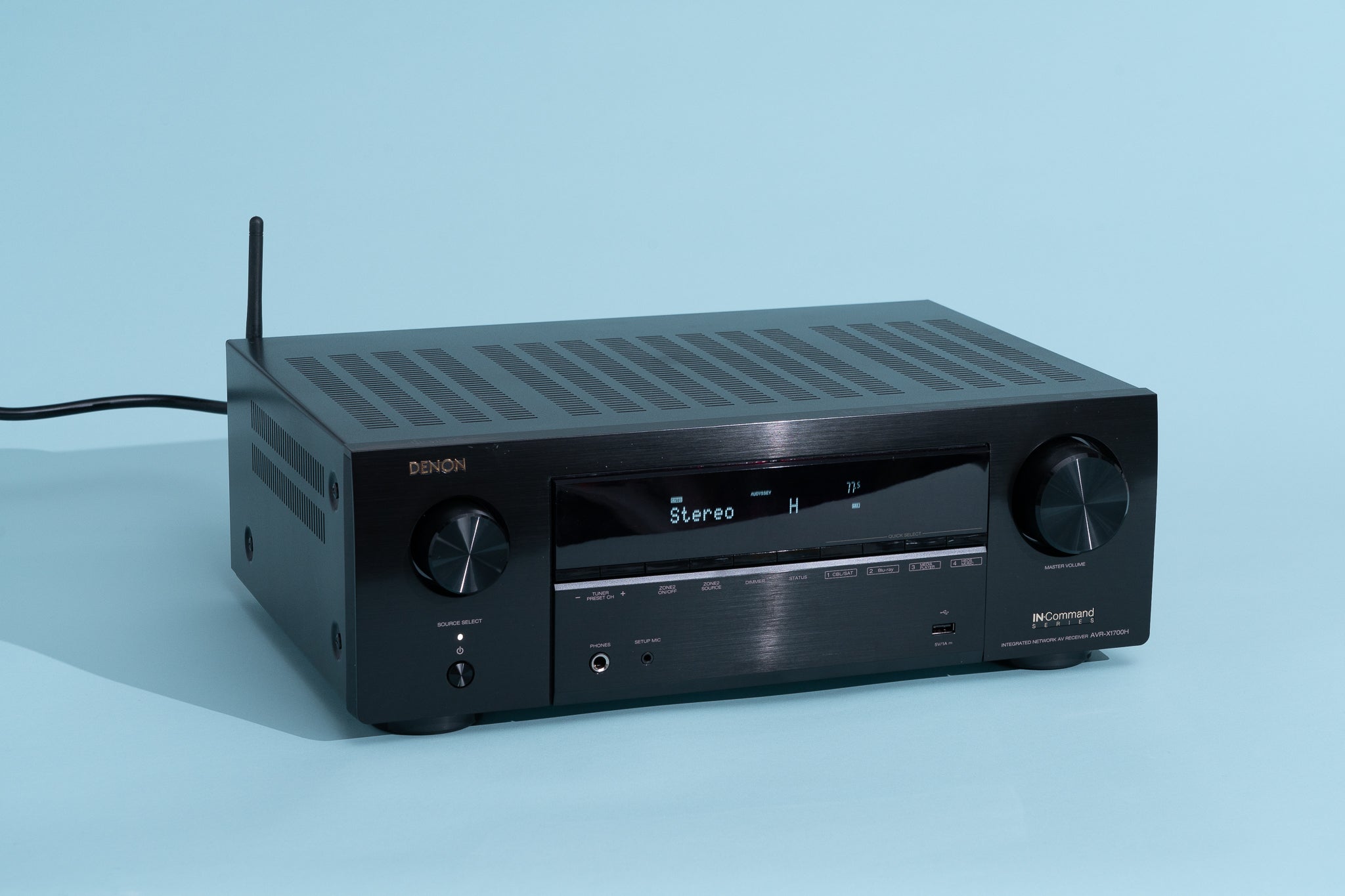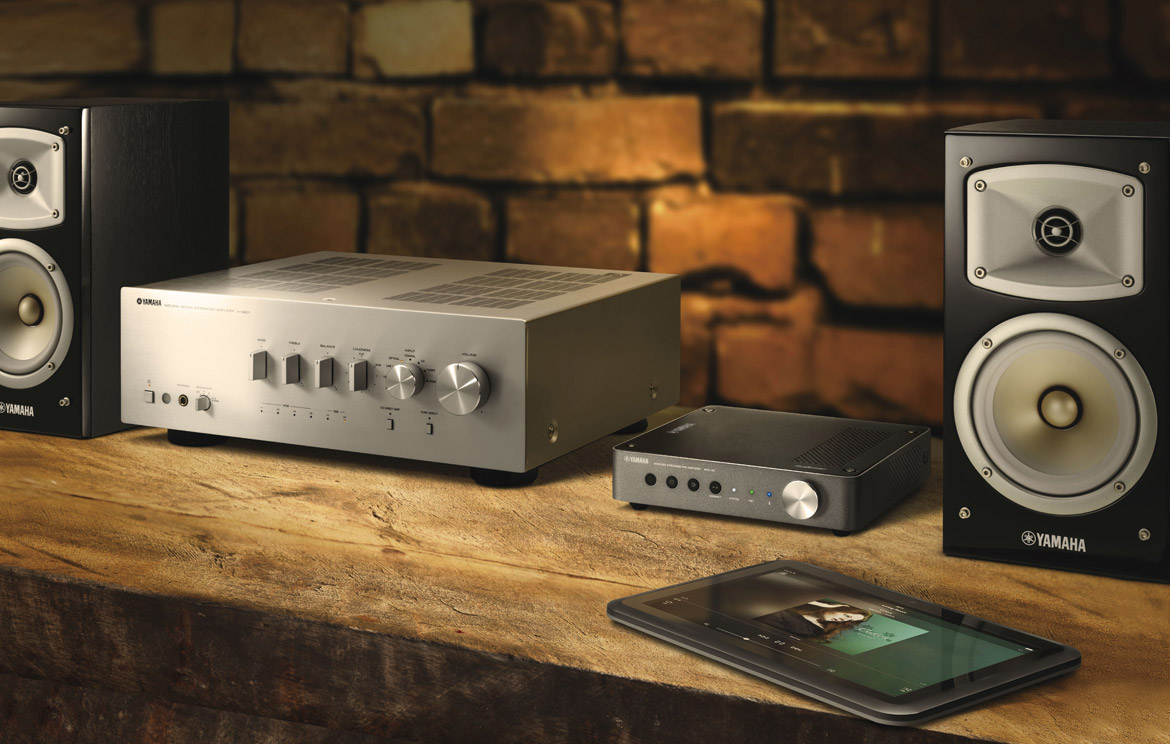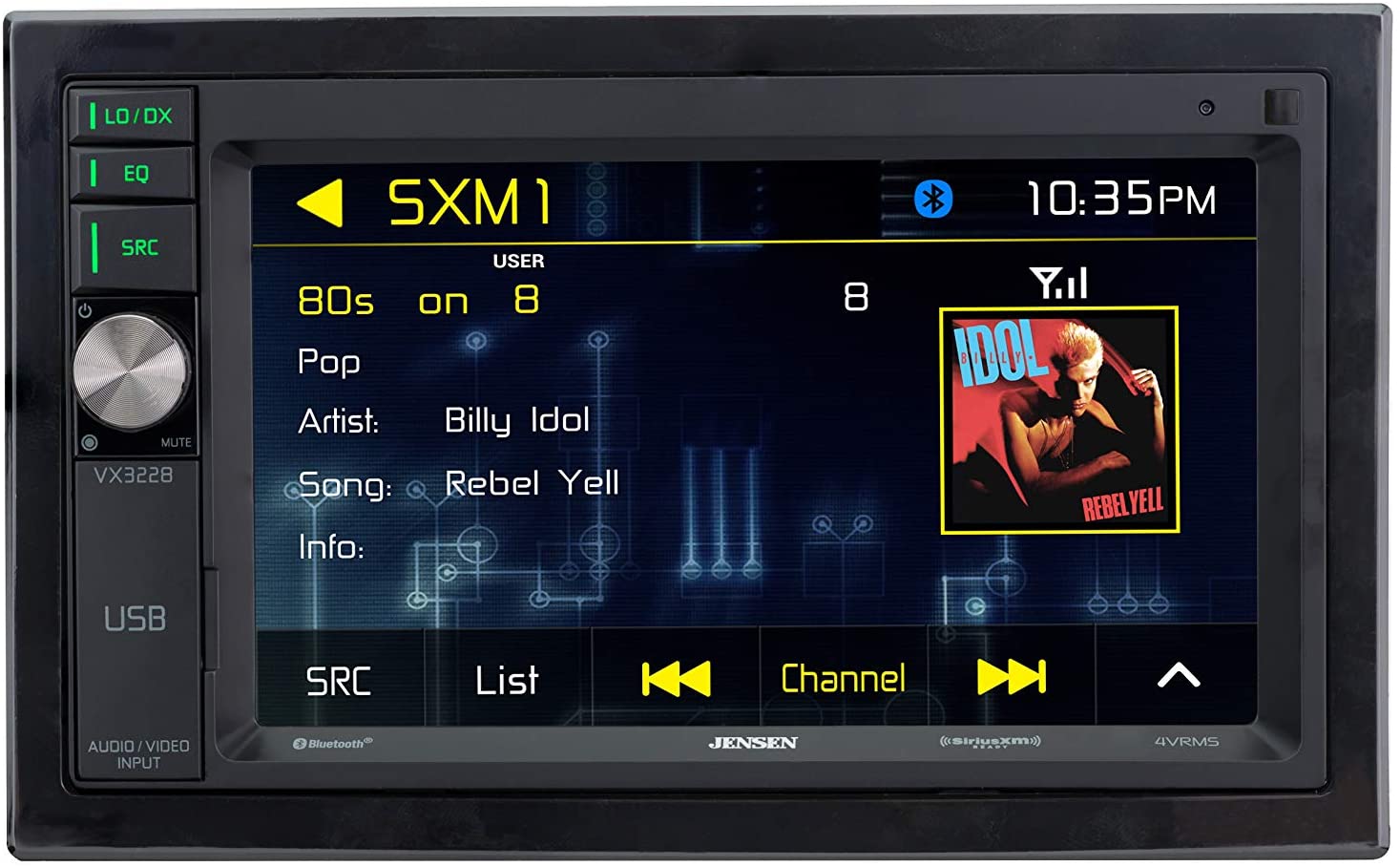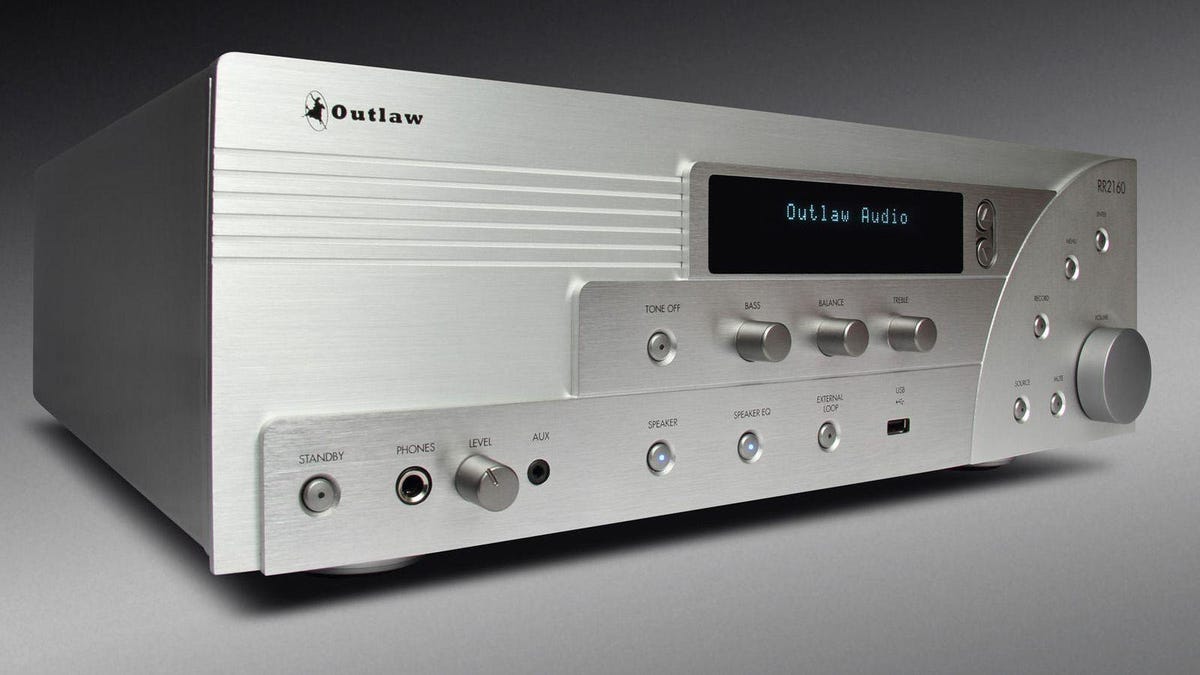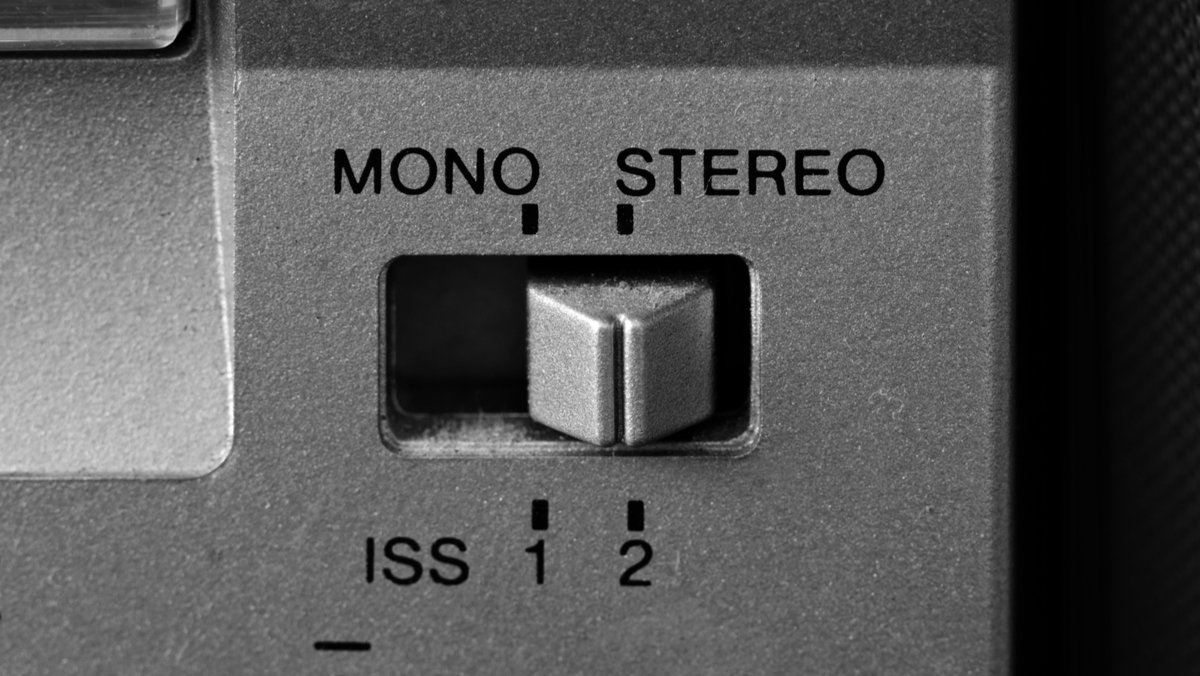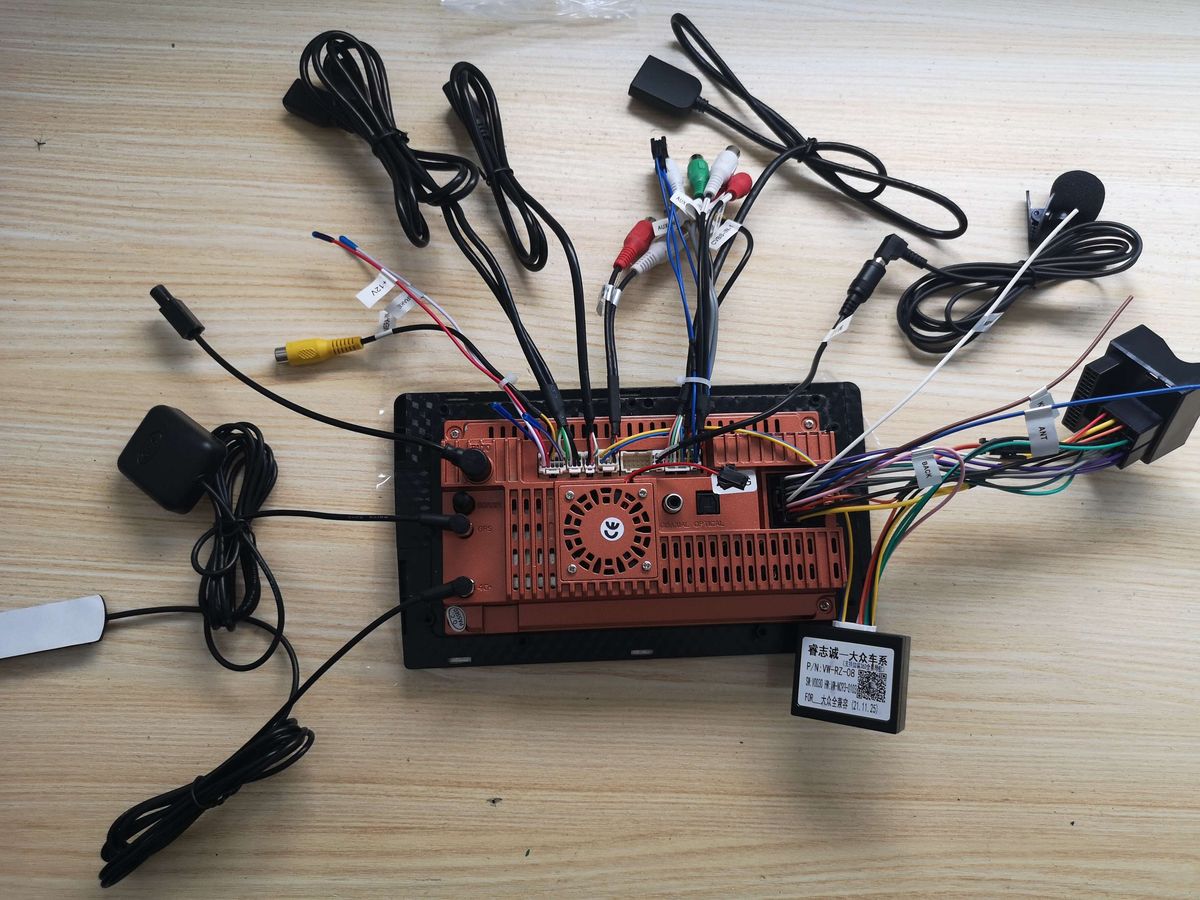Home>Production & Technology>Stereo>What Is A Stereo Crossover


Stereo
What Is A Stereo Crossover
Modified: March 7, 2024
Discover the benefits of a stereo crossover and how it enhances your audio experience. Find out how a stereo crossover optimizes sound quality and maximizes performance.
(Many of the links in this article redirect to a specific reviewed product. Your purchase of these products through affiliate links helps to generate commission for AudioLover.com, at no extra cost. Learn more)
Table of Contents
Introduction
Welcome to the world of stereo crossovers! Whether you’re an audiophile, a music enthusiast, a DJ, or a sound engineer, understanding the concept of stereo crossovers is crucial for achieving exceptional audio quality and clarity. In this article, we’ll explore what a stereo crossover is, how it works, its various types, the benefits of using one, common applications, and factors to consider when choosing the right stereo crossover for your needs.
A stereo crossover is an essential audio device that helps divide incoming audio signals into multiple frequency bands and directs them to different output channels. This allows for better separation of low, mid, and high-frequency sounds, resulting in improved audio performance and a more balanced sound system.
The primary goal of a stereo crossover is to ensure that each speaker within a sound system receives only the frequencies it can handle most effectively. By directing the appropriate frequencies to the corresponding speakers, a crossover helps prevent distortion and overload, ultimately enhancing the overall audio experience.
Whether you’re building a home studio, setting up a live sound system, or optimizing your car audio, utilizing a stereo crossover can greatly improve the audio quality and provide a more immersive listening experience.
In the following sections, we will delve into the inner workings of stereo crossovers, their types, benefits, applications, and essential factors to consider when selecting the right crossover for your audio setup. So, let’s dive in and unravel the magic behind stereo crossovers!
Definition of a Stereo Crossover
A stereo crossover is a specialized audio device that divides incoming audio signals into different frequency bands and routes them to specific speakers or speaker groups. It is primarily used to separate the low, mid, and high-frequency sounds, ensuring that each speaker receives only the frequencies it can handle most effectively.
The concept of a stereo crossover is rooted in the fact that different speakers have different frequency response capabilities. For example, a subwoofer is designed to reproduce low-frequency sounds, while a tweeter is meant to handle high-frequency sounds. By using a stereo crossover, audio signals can be filtered and distributed to the appropriate speakers, allowing for better sound reproduction and avoiding any distortion or overload.
One of the key elements of a stereo crossover is the crossover point or frequency. This refers to the frequency at which the audio signal is divided between the speakers. Different crossover points are used to target specific frequency ranges, such as low-pass filters for subwoofers and high-pass filters for tweeters.
It’s worth noting that a stereo crossover can operate in various configurations, including 2-way, 3-way, and even 4-way setups. In a 2-way crossover, the audio signal is divided into low and high-frequency ranges, while a 3-way crossover adds a mid-range division. Similarly, a 4-way crossover divides the audio signal into four frequency bands, allowing for even more precise sound distribution.
Stereo crossovers come in different forms, including analog and digital models. Analog crossovers use electrical components to split the audio signal, while digital crossovers employ digital signal processing (DSP) techniques to achieve the same result. The choice between analog and digital depends on personal preference and the specific requirements of the audio setup.
Overall, a stereo crossover is an indispensable tool for achieving optimal sound reproduction and balance in audio systems. By accurately separating audio signals into different frequency bands and directing them to the right speakers, a crossover enhances the audio experience, bringing out the full potential of your sound system.
How a Stereo Crossover Works
Understanding how a stereo crossover works involves delving into its internal components and signal processing techniques. At its core, a stereo crossover operates by filtering and dividing audio signals into specific frequency bands, directing each band to the appropriate speakers.
When an audio signal enters a stereo crossover, it undergoes a process known as signal splitting. This involves using various filters to separate the incoming audio signal into different frequency ranges. The crossover point, also known as the crossover frequency, determines the point at which the signal is split between the speakers.
There are different types of filters utilized in stereo crossovers, including low-pass filters, high-pass filters, and bandpass filters. A low-pass filter allows frequencies below a set crossover point to pass through, while blocking higher frequencies. This filter is commonly used for subwoofers, as it allows them to reproduce deep bass frequencies effectively. On the other hand, a high-pass filter allows frequencies above the crossover point to pass through, while blocking lower frequencies. This filter is often used for tweeters, ensuring they reproduce crisp and clear high-frequency sounds.
A bandpass filter is a combination of both low-pass and high-pass filters, allowing a specific range of frequencies to pass through. This filter is typically used for mid-range speakers, enabling them to handle frequencies between the low and high ranges.
Once the audio signal has been split into different frequency bands, it is directed to the appropriate speakers or speaker groups. Each speaker receives only the frequencies it is designed to handle, optimizing its performance and preventing any potential damage or distortion.
In addition to filtering the audio signals, stereo crossovers may also include other features such as adjustable crossover frequencies, slope controls, and phase adjustments. These features allow for further customization and fine-tuning of the audio system, ensuring that the speakers blend seamlessly and produce a cohesive and balanced sound output.
It’s important to note that the effectiveness of a stereo crossover relies on accurately choosing the crossover points and ensuring that the speakers used within the system are well-suited to handle the assigned frequency ranges. Proper calibration and adjustment of the crossover settings are key to achieving optimal audio performance.
In summary, a stereo crossover works by splitting incoming audio signals into specific frequency bands using various filters. These bands are then directed to the appropriate speakers or speaker groups, allowing for better sound reproduction and preventing any potential distortion or overload. By optimizing the distribution of frequencies, a stereo crossover enhances the overall audio experience, delivering a more balanced and immersive sound system.
Types of Stereo Crossovers
Stereo crossovers come in various types, each catering to different audio setups and requirements. Understanding the different types can help you choose the right crossover for your specific needs. Let’s explore some of the common types of stereo crossovers:
- Active Crossovers: Active crossovers are standalone devices that require their own power supply. They operate by dividing the audio signal before it reaches the amplifier, directing specific frequency ranges to separate amplifiers or powered speakers. Active crossovers offer precise control over the crossover points and slopes, resulting in superior audio quality and flexibility. They are commonly used in professional audio settings and high-end home audio systems.
- Passive Crossovers: Passive crossovers are built into the loudspeakers themselves and do not require an external power source. They work by using passive electrical components, such as capacitors and inductors, to divide the audio signal between the different speakers within the cabinet. Passive crossovers are often found in commercial speakers, car audio systems, and budget-friendly home audio setups.
- Analog Crossovers: Analog crossovers utilize electrical components, such as resistors, capacitors, and inductors, to split the audio signal into various frequency ranges. They are known for their simplicity and reliability, offering a straightforward approach to signal splitting. Analog crossovers are available in different configurations, including 2-way, 3-way, and 4-way models, to suit different speaker setups.
- Digital Crossovers: Digital crossovers employ digital signal processing (DSP) techniques to divide the audio signal with precision. They offer more advanced features and flexibility compared to analog crossovers. Digital crossovers allow for precise adjustments of crossover points, slopes, and filter types through software or hardware interfaces. They are commonly used in professional audio applications and high-end home theater systems.
- Active Digital Crossovers: Active digital crossovers combine the advantages of both active and digital crossovers. They provide the flexibility of digital signal processing with the ability to drive separate amplifiers or powered speakers for each frequency band. Active digital crossovers offer precise control over crossover settings and advanced features, making them highly versatile and capable of delivering exceptional audio performance.
When selecting a stereo crossover, consider factors such as your audio setup, budget, and desired level of control. Each type of crossover has its own advantages and considerations, so choose one that aligns with your specific requirements and enhances your audio experience.
Benefits of Using a Stereo Crossover
Using a stereo crossover in your audio setup can bring about several significant benefits that enhance sound quality, improve system performance, and create a more immersive listening experience. Let’s explore some of the key advantages of using a stereo crossover:
- Improved Sound Clarity: A stereo crossover allows for precise control over frequency distribution, ensuring that each speaker receives only the frequencies it can handle effectively. This leads to improved sound clarity and separation, as well as reduced distortion and interference.
- Enhanced Speaker Protection: By directing specific frequency bands to the appropriate speakers, a stereo crossover helps protect each speaker from excessive power and potential damage. This extends the lifespan of the speakers and ensures they operate within their optimal range.
- Balanced Sound Reproduction: With a stereo crossover, you can allocate the right frequencies to each speaker, enabling a well-balanced audio presentation. This results in a more accurate reproduction of music and sound, with an even distribution of low, mid, and high-range frequencies.
- Elimination of Frequency Overlap: Without a crossover, different speakers may reproduce overlapping frequency ranges, causing muddiness and distortion. A stereo crossover prevents this issue by precisely dividing the audio signal between the speakers, eliminating unwanted frequency overlap.
- Customization and Flexibility: Stereo crossovers offer adjustable crossover points, slopes, and other settings, allowing you to customize the audio output to suit your preferences and specific speaker capabilities. This level of control ensures a tailored audio experience that meets your unique requirements.
- Optimal Performance for Different Speaker Types: Different speakers have distinct frequency response characteristics. A stereo crossover maximizes the performance of each speaker type by directing the appropriate frequencies to the right speakers. This ensures that subwoofers reproduce deep bass, tweeters deliver crisp highs, and mid-range speakers handle vocals and instruments effectively.
- Compatibility with Amplifiers and Powered Speakers: Stereo crossovers can be used with both traditional amplifiers and powered speakers. They allow for seamless integration into various audio setups, making them versatile and compatible with different equipment.
- Professional Audio Quality: Incorporating a stereo crossover into your sound system elevates the audio quality, bringing it closer to professional standards. Whether it’s for home theaters, live sound setups, or studio environments, a crossover helps deliver a cleaner and more refined audio experience.
These benefits highlight the importance of using a stereo crossover in audio systems. By improving sound clarity, protecting speakers, achieving balanced sound reproduction, and offering customization options, a crossover enhances your overall audio experience, allowing you to fully enjoy your music, movies, and other audio content.
Common Applications of Stereo Crossovers
Stereo crossovers find applications in a variety of audio setups and environments, catering to different needs and requirements. Let’s explore some of the common applications of stereo crossovers:
- Home Audio Systems: Stereo crossovers are commonly used in home audio setups to enhance the sound quality and create a more immersive listening experience. They ensure that each speaker in a multi-channel home theater system handles the appropriate frequency range, resulting in balanced sound reproduction and improved clarity.
- Live Sound Systems: In live sound applications, such as concerts, festivals, and events, stereo crossovers are used to effectively distribute the audio signal to multiple speakers. They ensure that each speaker, from subwoofers to main speakers and monitors, receives the right frequencies, allowing for better coverage, clarity, and overall sound reinforcement.
- Recording Studios: Stereo crossovers are integral to recording studios, where precision and accuracy in audio reproduction are paramount. They help optimize the performance of studio monitors and separate the audio signal into different frequency bands, allowing engineers and producers to hear the mix with greater clarity and detail.
- DJ Setups: DJs often rely on stereo crossovers to enhance their performances and ensure clean sound reproduction. By using a crossover, DJs can power subwoofers, mid-range speakers, and tweeters separately, resulting in a well-balanced and punchy audio output during live shows or in clubs.
- Car Audio Systems: Car audio enthusiasts use stereo crossovers to enhance the sound quality in their vehicles. By employing crossovers, they can connect specialized speakers, such as subwoofers and tweeters, and ensure that each speaker handles the frequencies it was designed for. This leads to improved bass response, clearer vocals, and an overall more enjoyable in-car audio experience.
- Pro Audio Installations: Stereo crossovers play a vital role in professional audio installations, such as conference halls, theaters, restaurants, and worship venues. They help deliver high-quality sound reinforcement and accurate audio distribution to ensure an immersive experience for the audience.
These are just a few examples of the wide range of applications for stereo crossovers. Whether it’s in home audio, live sound, recording studios, or car audio systems, incorporating a crossover allows for better control, improved sound quality, and enhanced performance in various audio environments.
Factors to Consider When Choosing a Stereo Crossover
When selecting a stereo crossover for your audio system, there are several important factors to consider. These factors determine the compatibility, functionality, and overall performance of the crossover. Here are some key considerations to keep in mind:
- Frequency and Speaker Requirements: Evaluate the frequency range and power handling capabilities of your speakers to determine the appropriate crossover points and slopes. Ensure that the crossover you choose can accommodate the specific needs of your speakers.
- Crossover Type: Consider whether you prefer an analog or digital crossover. Analog crossovers are known for their simplicity and reliability, while digital crossovers offer advanced features and precise control. Choose the type that aligns with your preferences and the complexity of your audio setup.
- Number of Channels: Determine the number of channels you require based on the number of speakers in your setup. Select a crossover with enough channels to accommodate your speaker configuration, whether it’s a 2-way, 3-way, or 4-way setup.
- Adjustability and Control: Look for a stereo crossover that offers adjustable crossover points, slopes, and other settings. This allows for customization and fine-tuning of the audio output to match the characteristics of your speakers and the acoustic environment.
- Budget: Consider your budget and find a stereo crossover that offers a good balance between price and performance. Crossovers can vary significantly in price, so determine how much you are willing to invest in your audio system and find a crossover within that range.
- Compatibility: Ensure that the crossover is compatible with your existing equipment, such as amplifiers, powered speakers, and audio sources. Check for connectivity options, such as XLR, RCA, or digital inputs and outputs, to ensure seamless integration with your system.
- Reliability and Build Quality: Look for a reputable brand with a track record of producing reliable and high-quality audio equipment. Read reviews and seek recommendations to ensure that the crossover you choose is built to last and capable of long-term performance.
- User-Friendly Interface: Consider the ease of use and user interface of the stereo crossover. Look for intuitive controls, clear labeling, and a well-designed layout that allows for easy navigation and adjustments.
By considering these factors, you can choose a stereo crossover that suits your specific needs and enhances your audio system. Whether it’s for home audio, live sound, or professional installations, selecting the right crossover is crucial for optimal sound quality and performance.
Conclusion
A stereo crossover is a fundamental component for achieving exceptional audio quality and optimizing the performance of your sound system. By dividing incoming audio signals into specific frequency bands and directing them to the appropriate speakers, a crossover ensures that each speaker operates within its optimal range, resulting in improved sound clarity, enhanced balance, and a more immersive listening experience.
Throughout this article, we have explored the definition and inner workings of stereo crossovers, discussed various types of crossovers, highlighted the benefits of using them, and explored their common applications. We have also examined the key factors to consider when choosing a stereo crossover for your audio setup.
From home audio systems to live sound setups, recording studios to car audio installations, stereo crossovers play a vital role in delivering high-quality sound reproduction, protecting speakers, and creating a balanced audio experience. They allow for customization, versatility, and precision control over frequency distribution, ensuring that each speaker handles the desired range of frequencies with optimal performance.
When choosing a stereo crossover, consider factors such as your speaker requirements, the type of crossover (analog or digital), the number of channels, adjustability options, compatibility with your equipment, and your budget. By evaluating these factors, you can select a crossover that meets your specific needs and enhances your audio system to its fullest potential.
In conclusion, incorporating a stereo crossover into your audio setup is a wise investment that improves sound quality, protects speakers, and creates a more immersive listening experience. Whether you’re an audiophile, a music enthusiast, a DJ, or a sound engineer, using a stereo crossover will take your audio system to the next level, allowing you to truly appreciate the intricacies and nuances of your music and sound content.

